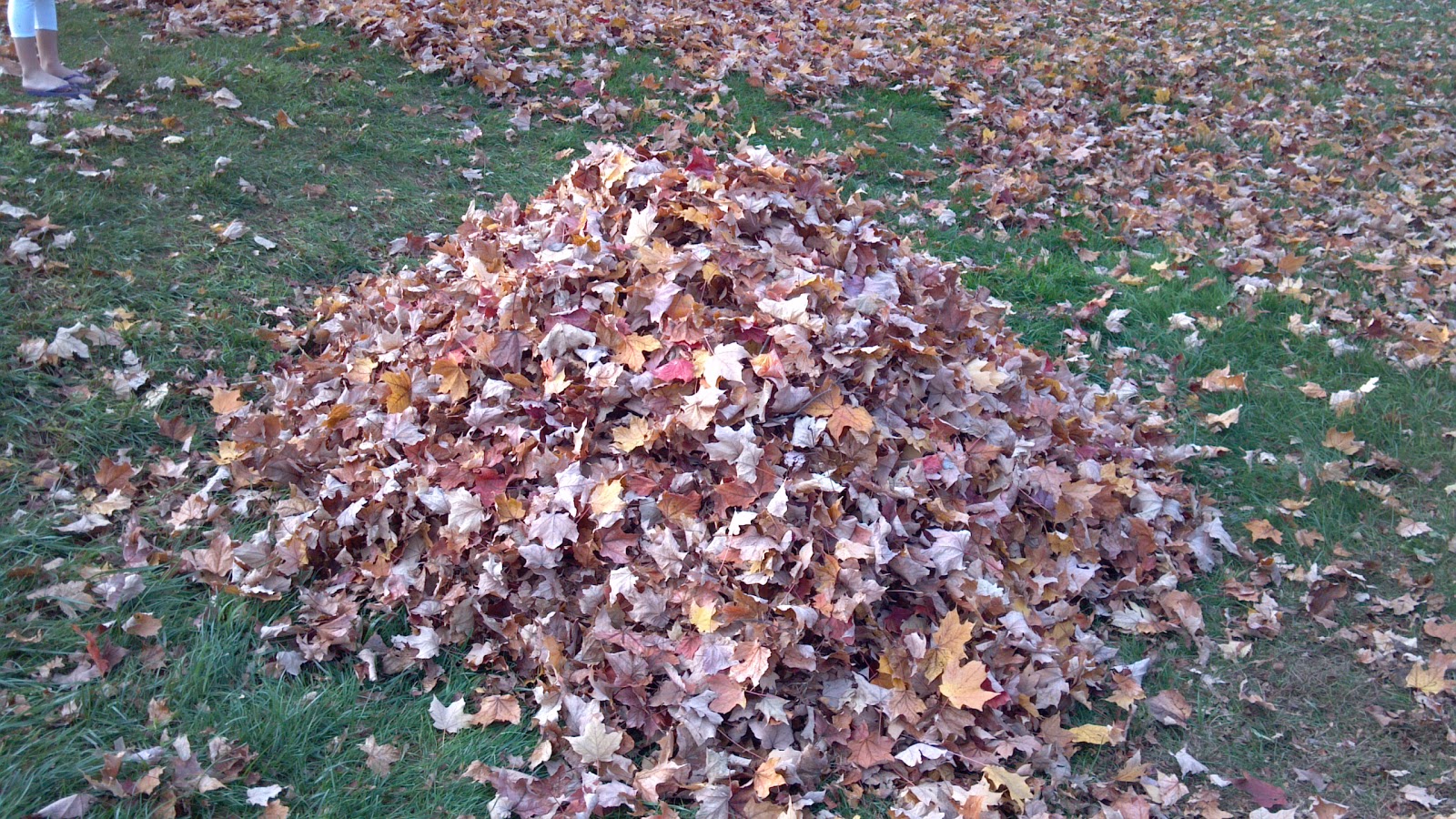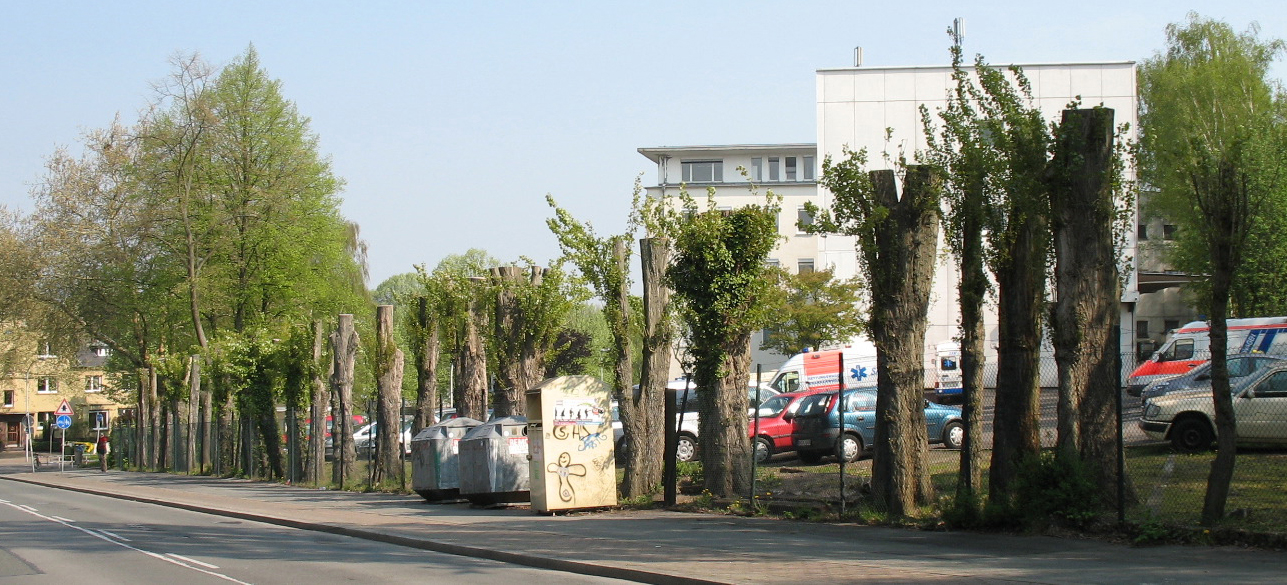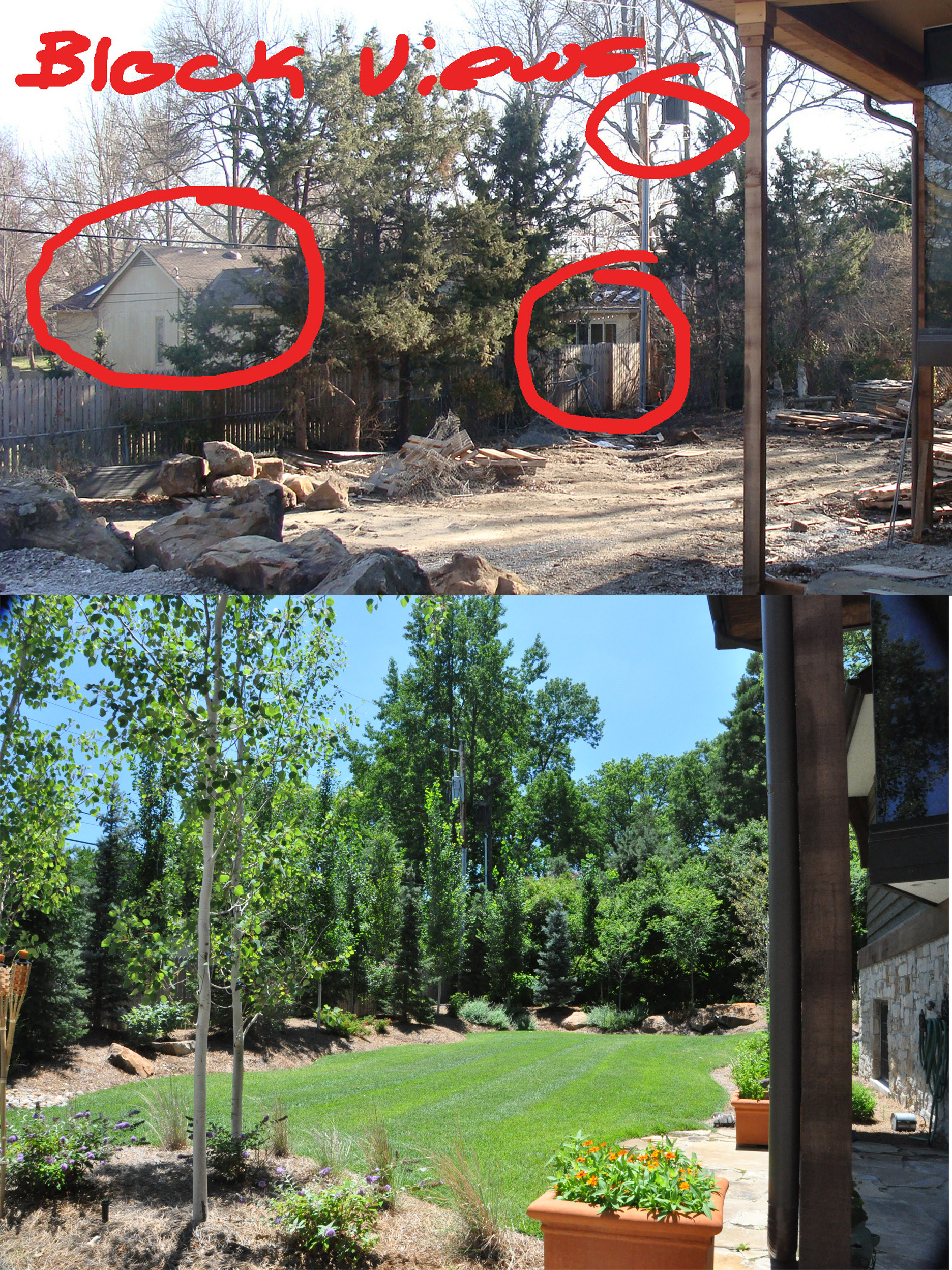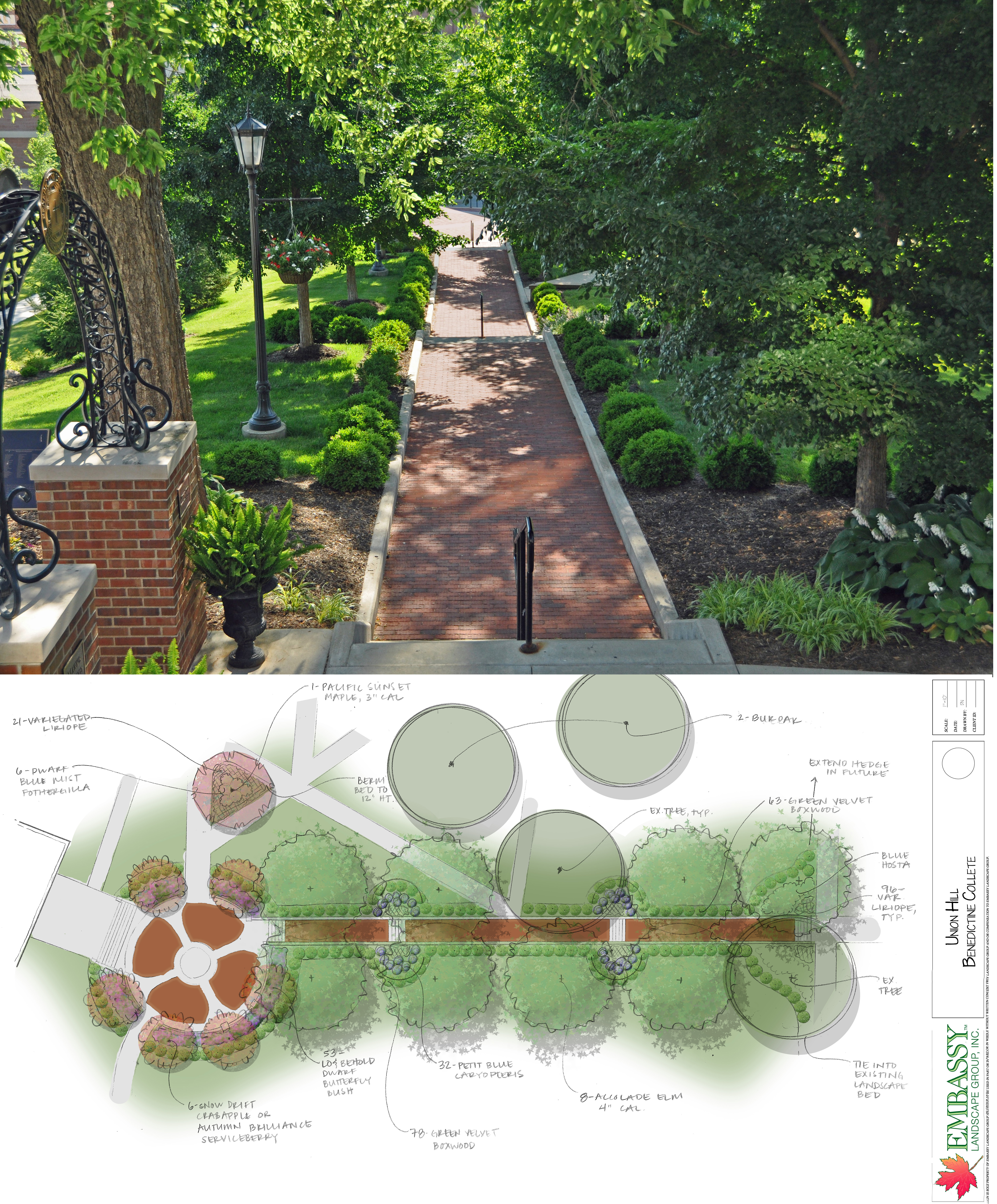I was out working in the yard the other day when one of the neighbors from down the street stopped by to chat. The conversation quickly turned into some mild grousing by my neighbor about having to deal with “all these blasted trees and their leaves.” Since our houses are built next to a large stretch of woods, having big trees and dealing with leaves is not an entirely unexpected task. Living on the Kansas prairie for several years without any trees at all, I actually appreciate being surrounded by trees and their accompanying leaves.

Leaves and fall go hand in hand.
I do have to agree with my neighbor though, that not all trees are created equal and not all serve the same purpose. Some trees have more to offer in terms of appearance or strength, lifespan or disease resistance. Since fall is the prime time to plant most trees, it seems like a good time to learn what to consider before you begin your fall planting.
Tree planting often follows a pattern. Most people see a tree that they like and decide that they want to plant one just like it. Then try to figure out where to plant it. Ten years later they may sincerely regret their decision as they figure out it was the wrong tree in the wrong place..
The designers at Embassy Landscape Group agree that there is a better way to add trees to the landscape. Future problems and dissatisfaction can be avoided by answering two equally important and interrelated questions before you purchase and plant.
What is the tree’s purpose?
Thinking about why the tree is being planted helps a designer identify the type of tree that will best fulfill the client’s needs and wishes.
- Is it for shade? Deciduous trees, if placed correctly can reduce up to 20% of a building’s energy cost in the summer. When the branches are bare in the winter, then the tree can allow the sun to warm the space reducing heating costs by up to 30%. Professional landscape designers can help determine the best location for each property.
- Is it for privacy? Trees can effectively block unappealing views, but can also be security risks if planted where they will block building entrances when full grown. The tree’s shape at maturity is an important consideration.
-
- Is it for aesthetics? As the old saying goes, beauty is in the eye of the beholder. Knowing the preferred size, shape, color and density allows the designer to suggest suitable varieties.
- Is it part of a windbreak? Although evergreen provide more protection from winter winds, most windbreaks also include taller deciduous trees to reduce the actual velocity of the wind. Upright hardwood trees with columnar or pyramidal are usually preferred.
- Is it part of a sound barrier? Dense, staggered stands of trees and evergreens can muffle up to 40% of the environmental noise. Sound barriers can increase the value of properties located near major thoroughfares.
- Will it define an area? Strategic placement of trees can be used to both separate and create spaces for outdoor activities.
- Is it to attract birds and wildlife? Trees, especially native ones, provide food and refuge for birds and other wildlife.
- Is it for a sense of tranquility and peacefulness? Trees, as part of nature, can help reduce stress and boost the immune system.
Where is it going?
On the surface, this seems like a single direct question with a single direct answer. Actually it is more complex than pointing to a spot and saying “It goes there.” In using this question to narrow the possibilities, designers are really doing a site evaluation.
- Is this an urban or rural site? A tree in an urban area will have to withstand more pollution than that of a rural site. On the other hand, a tree in a rural area may have to withstand more wind.
- What is the planting zone? Knowing the average high and low temperatures as well as the average rainfall in an area allows designers to choose species that will not only tolerate the weather conditions but thrive in them. A tree that is planted in its optimal growing conditions will be hardier and less susceptible to insect damage and disease.
- Is it for residential or commercial use? Trees that are surrounded by the reflected heat of concrete or asphalt face harsher conditions than those surrounded by the more moderating surrounds of soil.
- What are soil conditions? Soil composition affects growth. Knowing the ph also helps choose an appropriate species.
- Is this a wet, dry or normal area? Both too much water and too little water can put a tree under stress. A stressed tree is more prone to disease.
- Are there overhead or underground lines or septic tanks that will interfere with growth? As trees grow, both branches and roots spread. Branches will need to be trimmed to avoid power outages. Repairs to sceptic systems can be costly.
- How close will it be to a driveway or sidewalk? Trees provide needed shade for pedestrian walkways. If planted too close however, sidewalks and driveways can buckle from root damage within five years, creating an unsightly and hazardous condition.
- How close is it to the house? Planting a tree too close to a house can add to roof problems later.
- Where is the property line? In order to prevent questions as to whose responsibility the tree really is, they should be planted several feet from the property line.
- Will the location create a traffic hazard? Improperly positioned trees can cause hazardous blind spots at driveways and corners.
- What other types of trees are close by? Too many of the same species of tree in an area can promote disease and insect infestation.
Once these questions have been considered, then it is time to find the perfect tree. Online plant and tree selectors, such as the Arbor Day Foundation’s Best Tree Finder: Tree Wizard and The Morton Arboretum’s Tree Selector, are good places to start. Beginning with the zip code to determine the climate zone, the selector will ask for specifics such as soil type, mature size and environmental aspects such as the amount of sun/shade . Analyzing the responses, the selector will give a list of possibilities for the specific conditions that have been inputted.
Understanding what will or will not work, the next step is to approach a local professional for their suggestions and design assistance. Professional designers not only understand the local environmental conditions, but they also have the experience to know w hat really does thrive and what doesn’t in an area. Often, they have suggestions to offer beyond those the online selectors list. The designers at Embassy Landscape Group invite you to read about their favorite shade trees in Monday’s blog. Please join us then!








